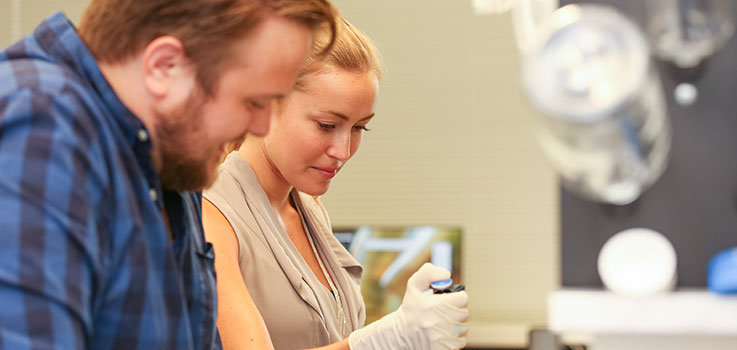Coursework
During the first year of the Anatomy Graduate Program, incoming students focus on required anatomical courses, including Human Gross Anatomy, Human Embryology, Human Microscopic Anatomy (histology), and Human Neurobiology.
During the second year, students complete 6 credits of requisite graduate core curriculum, electives, research-related activities and professional development courses. Upper-class anatomy students have a unique opportunity to be involved in teaching gross anatomy to physician assistant and medical students, and advanced gross anatomy to residents and/or clinicians.
Required Courses
- ANAT 503 Human Gross Anatomy
- ANAT 512 Human Embryology
- ANAT 505 Microscopic Anatomy I
- ANAT 506 Microscopic Anatomy II
- NEURO 511 Human Neurobiology
- BMS 502 Cell and Systems Biology
- BMS 503 Flow of Cellular Information
- ANAT 602 Mentored Teaching
- Ethics (1 credit)
- Electives

